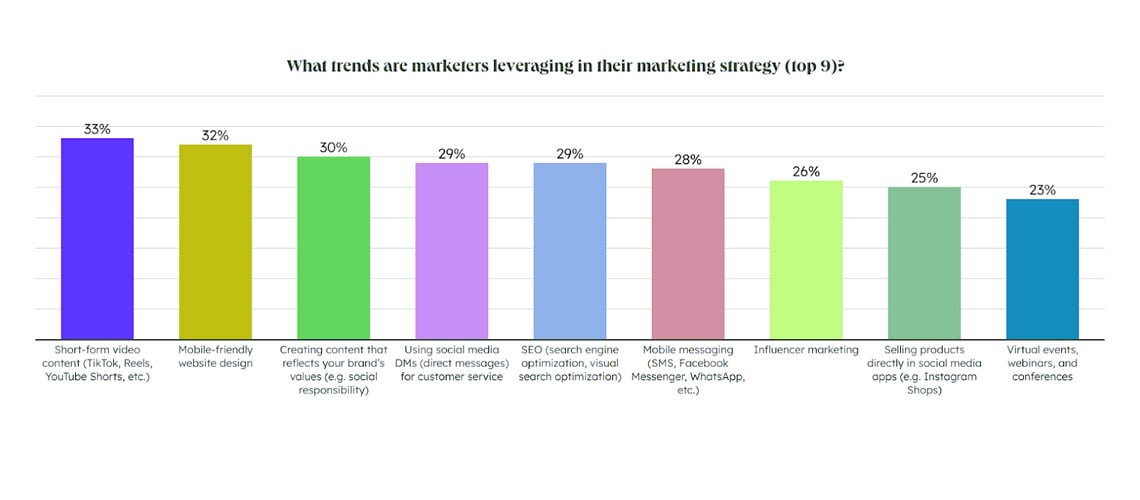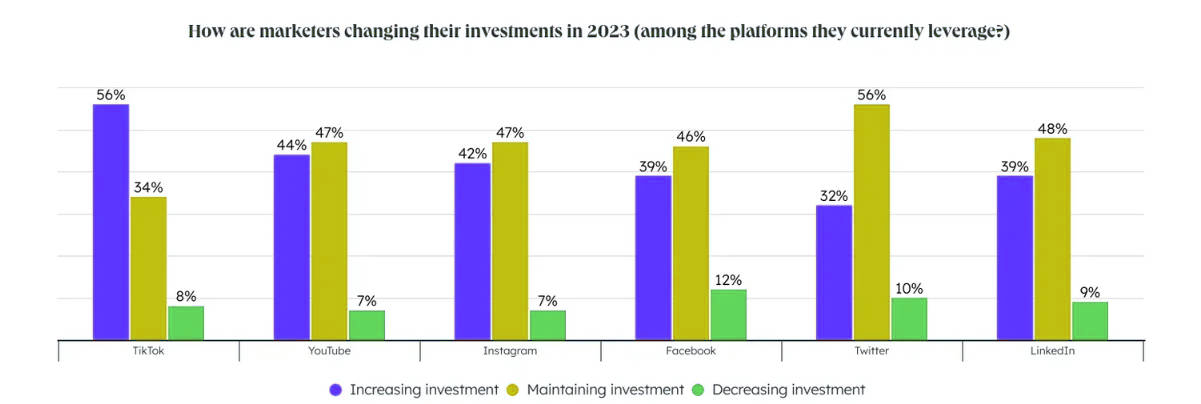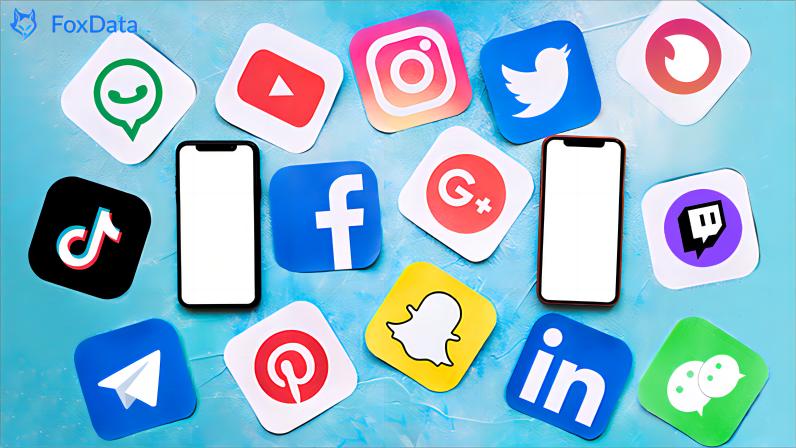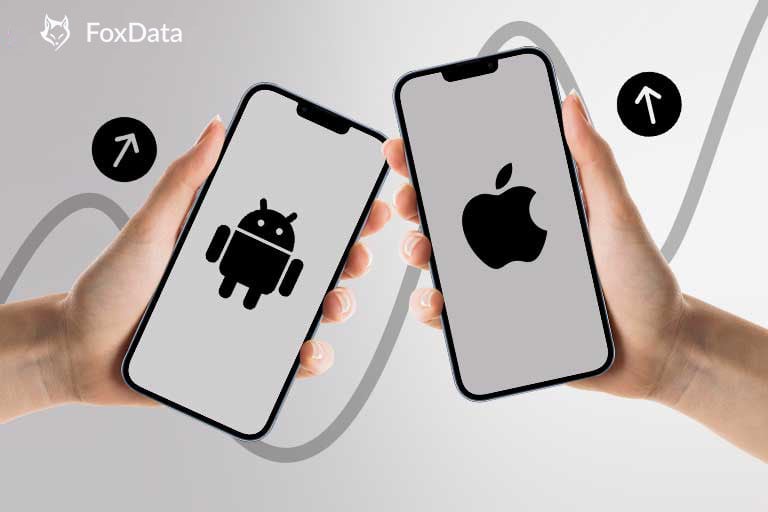
Over the past few years, the marketing industry has experienced a rapid pace of change. According to recent surveys, nearly 80% of marketers agree that the past three years have seen more significant shifts in their industry than the previous five decades combined. It's no surprise that consumer trends have also been evolving swiftly, presenting a challenge and an opportunity for brands to stay ahead.
Adaptability and Data-Driven Strategies: The Winning Formula
In this ever-changing landscape, the ability to adapt and embrace data-driven marketing strategies has become paramount. Recent findings emphasize two key tactics that are expected to drive success in the coming year.
Firstly, understanding your audience goes beyond basic demographics. It's crucial to delve deeper into their interests, hobbies, media consumption habits, participation in online communities, challenges they face, and the social causes they support. This richer data provides valuable insights for tailoring marketing campaigns and product offerings.

Secondly, having a plan for adaptation is essential. Recent years have thrown numerous curveballs at brands, from pandemics to economic turbulence. It's not uncommon for marketers to pivot their strategies multiple times within a year. Having a plan in place for when things go off course, such as reallocating budgets, adjusting marketing channels, and refining messaging to resonate with evolving consumer experiences, is vital. Equally important is having the data required to make informed decisions during these shifts.
Top Marketing Trends in 2023:
-
Short-form Video's Ascendancy: Short-form video content continues to gain momentum as consumer engagement shifts toward these concise and engaging formats.

-
Influencer Marketing's Steady Growth: Influencer marketing remains a go-to strategy for its high return on investment (ROI) and ability to connect with target audiences. Foxdata will offer professional social marketing services. We are passionate about the media's power to enhance your brand awareness, helping you surpass competitors through impactful social marketing strategies.

-
Direct Engagement via Social Media DMs: Brands are increasingly utilizing direct messages on social media platforms for more personalized and immediate customer interactions.

-
SEO's Ongoing Relevance: Effective search engine optimization (SEO) strategies for websites remain crucial for visibility and engagement. FoxData provides 100% white-label SEO services, from keyword benchmarking to your campaign strategies to citation building to boost your local SEO rankings, you can choose as you like.
-
Humanizing Brands: The trend of humanizing brands and aligning them with values that resonate with consumers is on the rise.
-
Data-Driven Decision-Making: Marketers continue to rely on data to drive their decision-making processes, optimizing their strategies for better results. 👉 FoxData will provide data-driven marketing strategies with the power of artificial intelligence and big data analytics technology, to fulfill your business potential with insightful advice.

Challenges on the Marketing Horizon
Despite the opportunities, marketers face several challenges, including generating traffic and leads, recruiting top talent, adapting marketing strategies to changing landscapes, and keeping up with the latest industry trends. Notably, challenges such as data privacy regulations, expanding global audiences, maximizing customer relationship management (CRM) systems, and aligning sales and marketing efforts loom large. Understanding target audiences poses a particularly daunting task, complicated by issues like data privacy regulations, consumer trust concerns, evolving consumer behaviors, and the complexities of data collection.

Key Takeaways for 2023
The marketing industry shows no signs of slowing down. To thrive in this dynamic environment, marketers must prioritize understanding their target audience, staying updated on trends, and adapting to shifting consumer behaviors.
-
Embrace short-form video, influencer marketing, and personalized engagement through direct messages for customer service.
-
Recognize Facebook as the highest-ROI social media platform, with YouTube, Instagram, and TikTok poised for substantial growth.
-
Expect stable marketing budgets despite economic uncertainties.
-
Anticipate a return to in-person marketing roles.
-
Prepare for an increase in workload, highlighting the importance of automation to manage tasks efficiently.
In conclusion, the marketing landscape in 2023 remains highly dynamic, requiring adaptability, data-driven strategies, and a keen understanding of consumer trends for sustained success.
📈👉Now just empower your decision-making with app market intelligence and explore more possibilities for your business. FoxData full-cycle scenario construction will meet your needs from App research, development, and release to operation. Ready for your soaring growth!
All content, layout and frame code of all FoxData blog sections belong to the original content and technical team, all reproduction and references need to indicate the source and link in the obvious position, otherwise legal responsibility will be pursued.
































